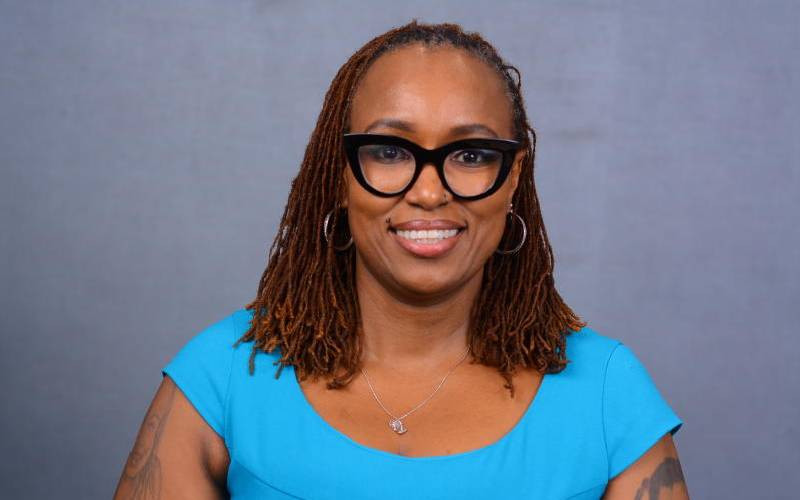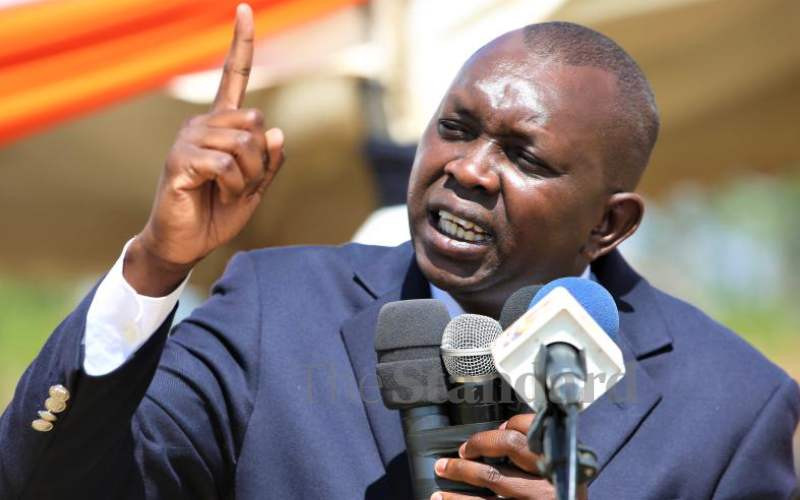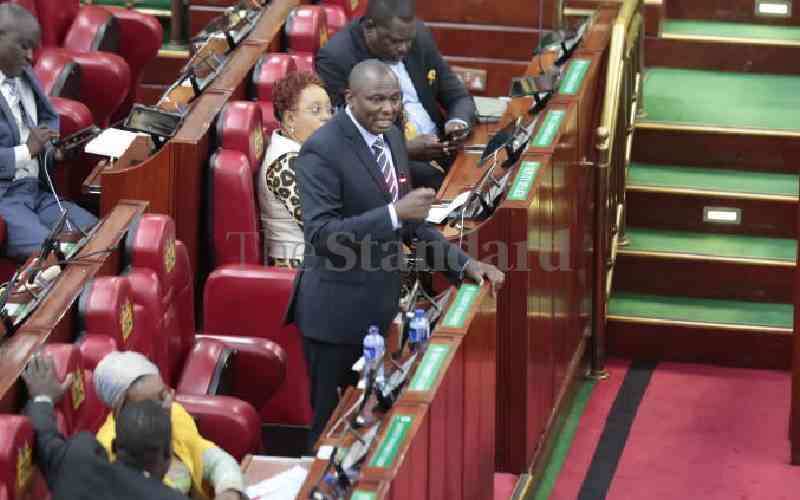
Africa has witnessed remarkable growth in the digital landscape, bringing it in line with the rest of the world.
The World Bank reports that the percentage of Africans using the Internet rose from one per cent in 2000 to 29 per cent in 2023, reflecting significant progress in infrastructure and digital skills across the continent.
However, it is crucial to address the underlying inequities in digital access, focusing on diversity and inclusion.
While the average growth figures are promising, they obscure the substantial disparities in digital access.
For instance, South Africa and Seychelles boast internet penetration rates of over 70 per cent, whereas Eritrea lags behind at just one per cent.
Moreover, a clear digital gender divide persists, disadvantaging women. According to a 2021 study titled "Kenya's Digital Economy: A People's Perspective," only 35 per cent of women in the country utilise advanced digital services, compared to 54 per cent of men.
The Covid-19 pandemic has highlighted that technology access is no longer a luxury but a necessity.
Despite Kenya's regional leadership in broadband connectivity, digital services, and ICT infrastructure, the country's digital divide exacerbates gender disparities, placing women at a significant disadvantage in achieving last-mile digital transformation.
One primary reason for the persistence of the digital gender divide is the lack of access to hardware.
In Kenya, mobile phones are the primary means of accessing digital services. However, a 2019 report by the GSM Association reveals that women are 23 per cent less likely to own smartphones than men, resulting in a 39 per cent lower likelihood of accessing mobile internet.
This gender gap is further amplified by the disparity in digital skills between men and women.
Even at the lowest skill levels, men outnumber women in terms of digital proficiency. This problem permeates the highest levels of the technology profession, where men significantly outnumber women. UNESCO reports that women constitute only 30 per cent of all ICT graduates in Kenya.
Given the potential of technology to transform all aspects of life, it is imperative to urgently prioritise and improve women's inclusion at all levels of the digital landscape.
If half of the population is forced to navigate the digital world with one arm tied behind their backs, meaningful transformation cannot be achieved.
Stay informed. Subscribe to our newsletter
To promote diversity and inclusion in the digital realm, it is essential to ensure that the basic building blocks are accessible to everyone.
This begins with extending the necessary infrastructure to marginalised communities. Providing network coverage and internet-ready devices are the minimum requirements for bridging the gender gap in digital access.
Notably, internet service providers are already working on constructing Kenya's ICT infrastructure, with the government's plan to install 100,000 kilometres of fibre optic cable and 25,000 free Wi-Fi hotspots across the country.
The next step should be reducing the cost of devices, making smartphones and mobile devices more affordable to enable broader access to the Internet and other digital tools for women.
Thirdly, it is crucial to enhance digital skills among girls and women to prepare them for active participation in the digital world.
At the Africa Development Centre, for instance, we are dedicated to fostering the tech ecosystem by expanding the availability, diversity, and technical capacity of the continent's tech talent pipeline.
While initiatives like the recent review of university curricula and upskilling of instructors aim to improve women's representation in the broader tech sector, specific programmes such as DigiGirlz and mentorship initiatives are designed to advance women's participation in the digital realm.
These initiatives are part of our broader efforts to improve diversity and inclusion in Africa's digital landscape.
Addressing the gender digital divide in Kenya requires an ecosystem-wide approach involving all stakeholders.
By working together, we can create an inclusive and diverse digital world in Africa that benefits everyone.
 The Standard Group Plc is a
multi-media organization with investments in media platforms spanning newspaper
print operations, television, radio broadcasting, digital and online services. The
Standard Group is recognized as a leading multi-media house in Kenya with a key
influence in matters of national and international interest.
The Standard Group Plc is a
multi-media organization with investments in media platforms spanning newspaper
print operations, television, radio broadcasting, digital and online services. The
Standard Group is recognized as a leading multi-media house in Kenya with a key
influence in matters of national and international interest.
 The Standard Group Plc is a
multi-media organization with investments in media platforms spanning newspaper
print operations, television, radio broadcasting, digital and online services. The
Standard Group is recognized as a leading multi-media house in Kenya with a key
influence in matters of national and international interest.
The Standard Group Plc is a
multi-media organization with investments in media platforms spanning newspaper
print operations, television, radio broadcasting, digital and online services. The
Standard Group is recognized as a leading multi-media house in Kenya with a key
influence in matters of national and international interest.






